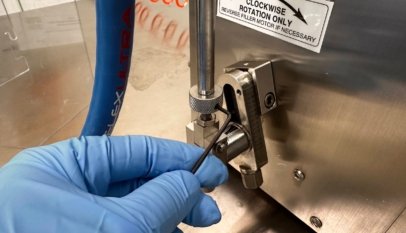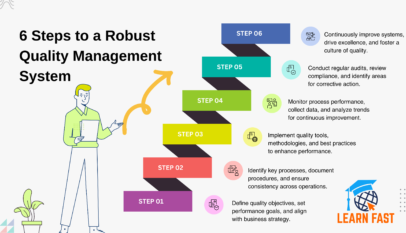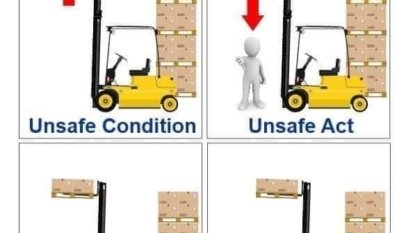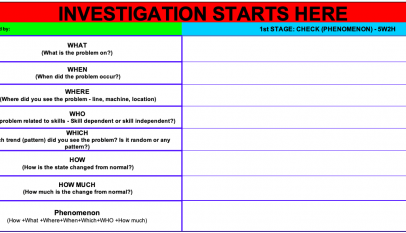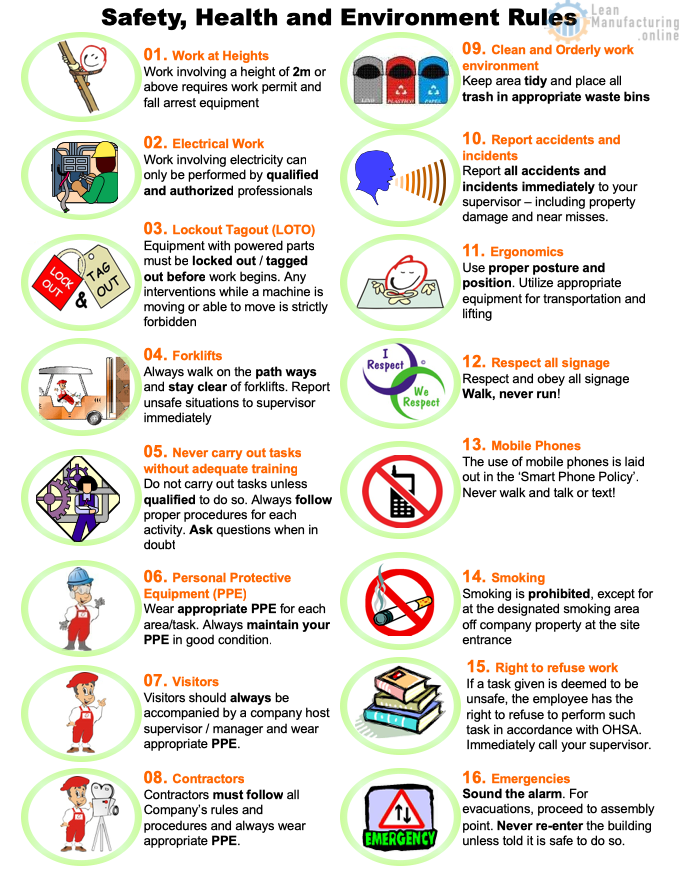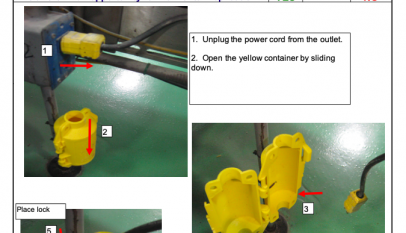In our day-to-day life, we often overlook certain actions and conditions that may threaten our health and safety. These unsafe acts or conditions might seem trivial until they lead to a near miss or, in the worst-case scenario, an accident. By understanding these concepts and how they interconnect, we can create a safer environment at work, home, and public spaces.
Unsafe Condition
An unsafe condition is any circumstance or situation that threatens a person’s well-being or life. This could range from a cluttered workspace that poses a tripping hazard, improper storage of flammable materials, malfunctioning equipment, or even poorly lit areas that increase the risk of accidents.
An unsafe condition refers to an environmental factor that, if left unaddressed, can result in an injury or accident. The trick to preventing accidents from unsafe conditions is identifying and correcting them before they pose a danger. Regular safety inspections, hazard identification training, and maintaining good housekeeping practices are some of the ways to address unsafe conditions.
Unsafe Act
While an unsafe condition refers to the physical surroundings, an unsafe act refers to actions taken by individuals that could endanger their safety or the safety of others. These can include ignoring safety protocols, not wearing the required personal protective equipment (PPE), operating machinery without proper training, or even something as simple as running in a hallway.
Unsafe acts are often the result of complacency, a lack of knowledge, or disregard for safety procedures. They significantly contribute to workplace accidents but can be prevented through safety training and awareness, enforcing the use of PPE, and cultivating a safety culture where every employee feels responsible for their safety and the safety of their co-workers.
Near Miss
A near miss is an unplanned event that did not result in injury, illness, or damage – but had the potential to do so. Simply put, a near miss is a narrowly avoided accident. This could be a falling object that misses a person or individual tripping but catches themselves before falling.
While near misses might not cause immediate harm, they warn of potential future accidents. Therefore, it’s crucial to report and investigate near misses. Lessons learned from these incidents can help identify the risks, rectify unsafe conditions or acts, and prevent accidents.
Accident
An accident is an unplanned event that results in injury, illness, or damage. Accidents often result from a combination of unsafe conditions and unsafe acts. For instance, a worker not wearing PPE (unsafe act) in a poorly lit area (unsafe condition) could trip, fall, and sustain injuries – an accident.
Accidents can be reduced by mitigating unsafe conditions, discouraging unsafe acts, and heeding the warnings of near misses. A robust safety culture that includes continuous training, regular safety audits, prompt incident reporting, and corrective actions is instrumental in preventing accidents.
Understanding unsafe conditions and acts, near misses, and accidents is the first step to creating a safer environment. A proactive approach toward safety can help us anticipate potential hazards, take appropriate measures, and cultivate a culture that prioritizes safety over convenience. Because remember, “Safety doesn’t happen by accident.


